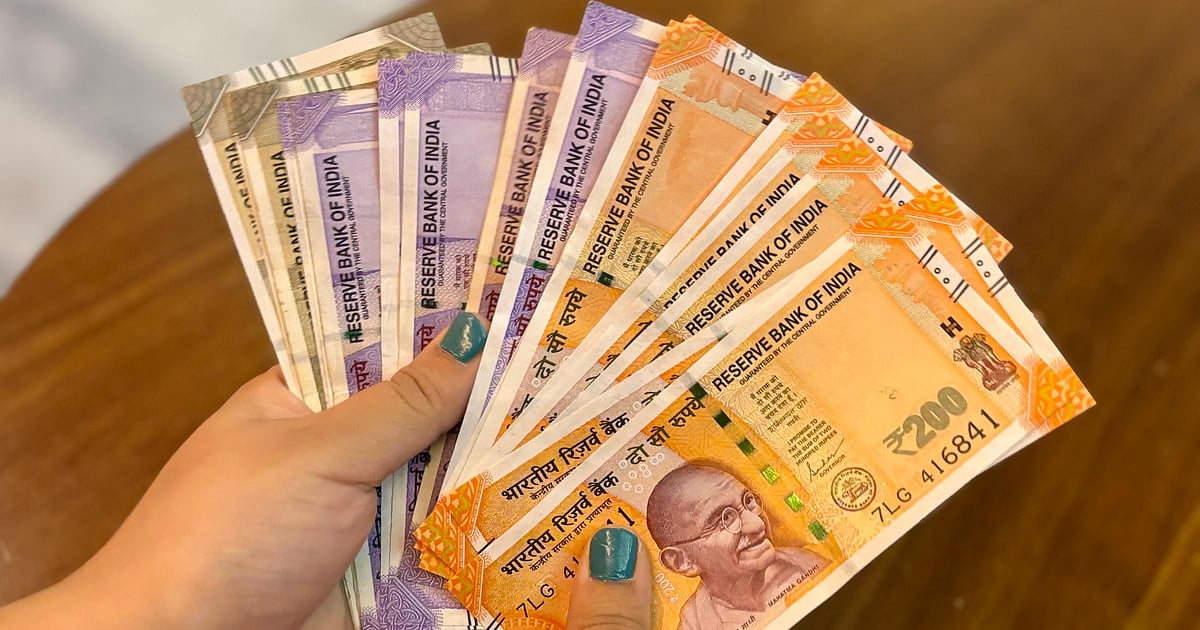The Indian rupee kicked off the week on a weaker note, opening at 85.75 per dollar, a decline of 51 paise from Friday’s closing rate of 85.24. This downward trend follows a brief moment of recovery in the previous session, highlighting the ongoing volatility in the currency markets driven by global economic concerns.
Weakening Rupee Amid Global Uncertainty
The rupee’s decline can be attributed to deteriorating global risk sentiment. Earlier on Friday, the currency had touched a high of 84.95 before succumbing to pressure in offshore trading. The recent imposition of 34% tariffs by China on U.S. goods has ignited fears of a trade war, leading to significant sell-offs in international equity markets.
- The S&P 500 and Nasdaq indices fell by 6% and 5.8%, respectively, on Friday.
- Asian markets were also affected, with the Kospi and Nikkei dropping 5% and 6.5%, and the Hang Seng index plummeting by 8.7% on Monday.
Market Insights and Predictions
As the dollar index climbed to 103.07, Brent crude oil experienced a decline of 2.65%, settling at $63.84. This price drop followed Saudi Arabia’s decision to reduce its official selling prices, further unsettling the markets.
According to IFA Global, the rupee is expected to fluctuate between 85.60 and 86.00, reflecting a weakening bias influenced by both equity market performance and the strengthening dollar.
Amit Pabari, Managing Director at CR Forex Advisors, describes the rupee’s earlier gains as “a mirage.” He points out that Foreign Institutional Investors (FIIs) withdrew Rs 3,484 crore, alongside a hawkish stance from the U.S. Federal Reserve, which has bolstered the dollar.
RBI’s Role and Future Outlook
Pabari speculates that the Reserve Bank of India (RBI) might be discreetly defending the 85 mark, especially with forex reserves increasing by $6.6 billion last week. Despite the immediate pressures on the rupee, he maintains a positive outlook, suggesting that factors such as crude oil prices near $64, strong factory data, and expectations of a Fed rate cut in June could support the rupee in the medium term.
He foresees a potential near-term movement towards 86.20, but emphasizes that the 85 level remains a crucial support point for the currency.
In summary, while the Indian rupee faces short-term challenges amidst global market turmoil, there are reasons for cautious optimism moving forward.
For more updates on currency trends and market analysis, visit MarketWatch or check out ForexLive for real-time insights.











